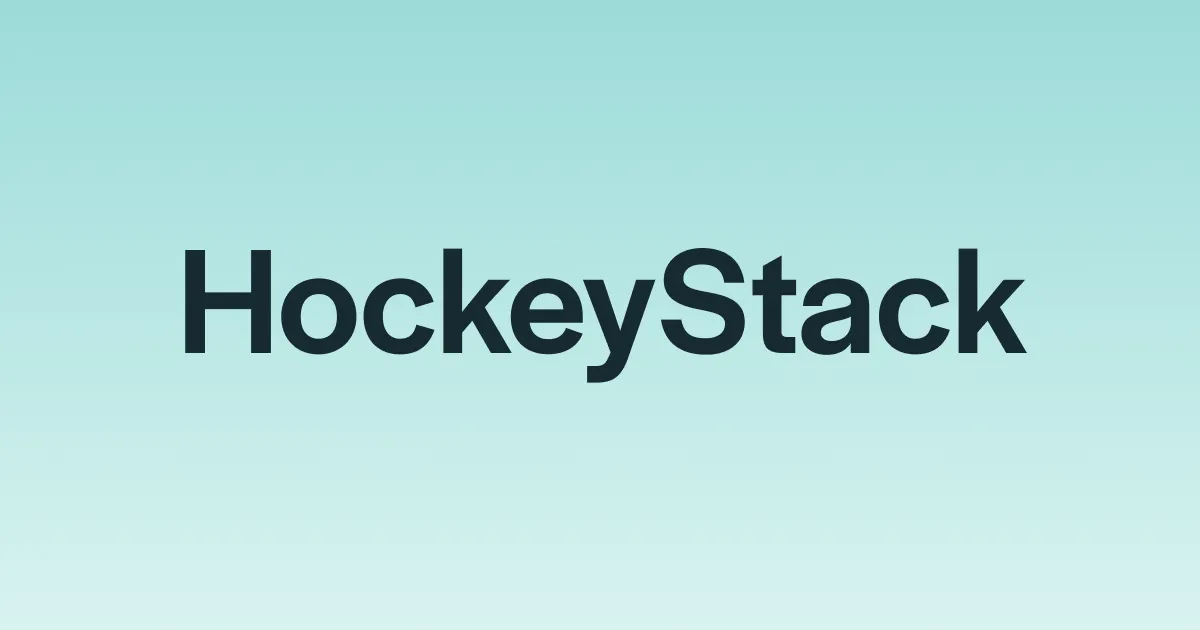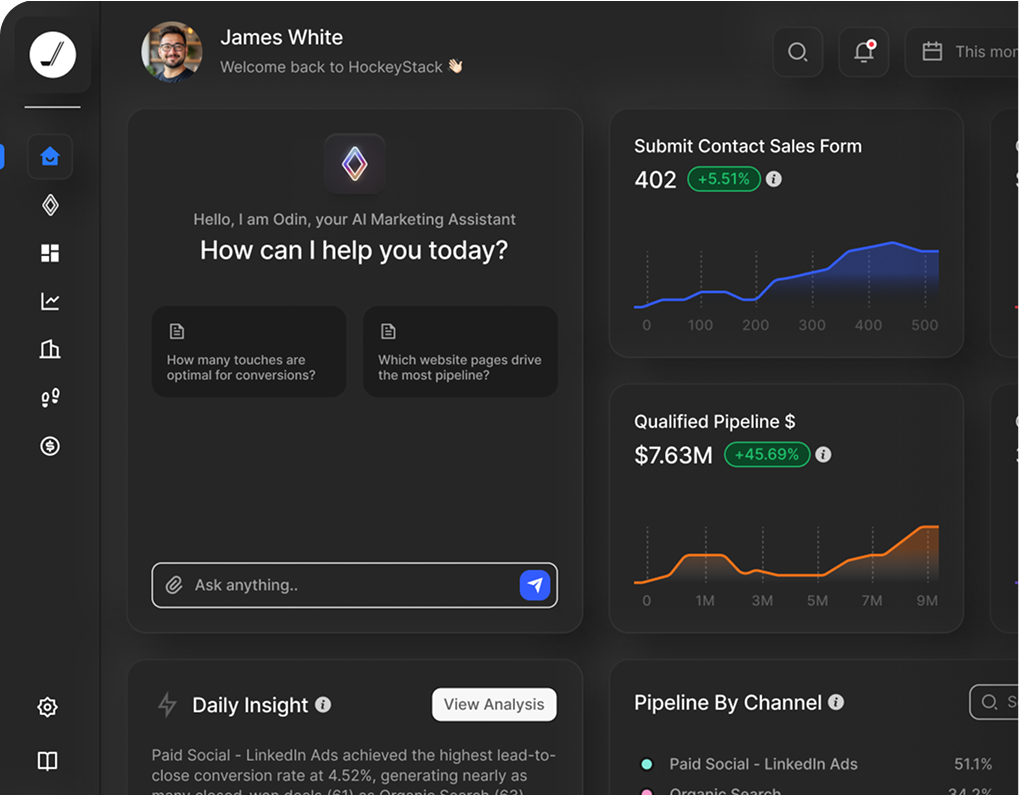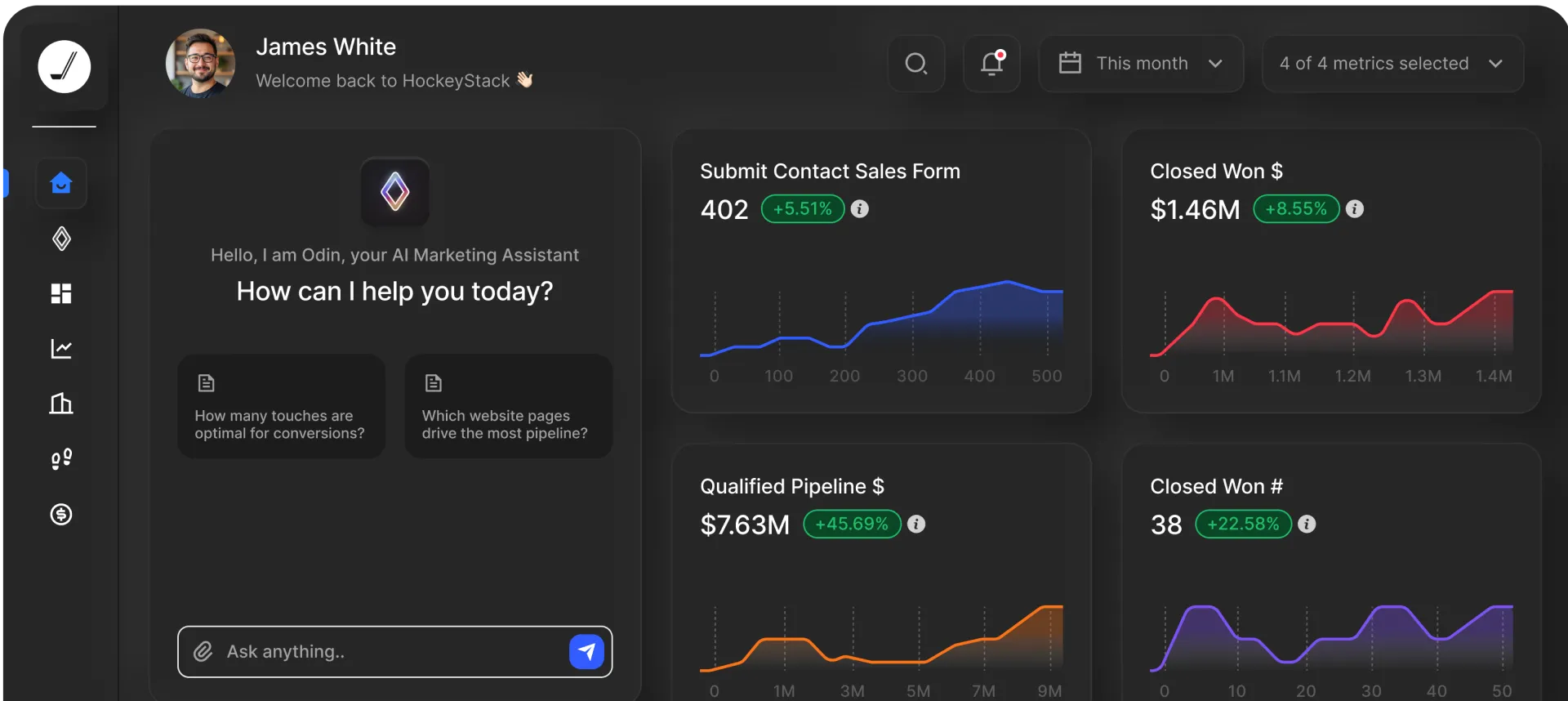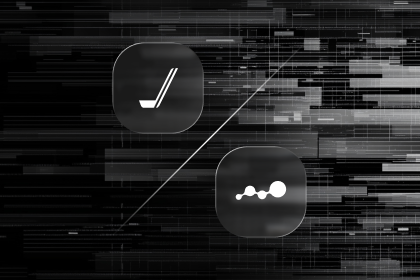Average Customer Acquisition Cost (CAC) By Industry

Average Customer Acquisition Cost (CAC) By Industry

Customer Acquisition Cost (CAC) is an essential metric for B2B and SaaS businesses to understand how much they need to spend to onboard each paying customer. It's crucial to thoroughly examine this metric.
This article covers what customer acquisition cost is, how to calculate it, and how to optimize it for SaaS companies. If you're looking to reduce the cost of acquisition and increase your customer base, this article is for you.
If you want to learn more about the current benchmarks and metrics in B2B SaaS, you can check out the HockeyStack Labs content here.
What Is Customer Acquisition Cost?
Customer Acquisition Cost (CAC) refers to the average total cost of acquiring a new customer. This metric is vital for evaluating your business's performance and is crucial when calculating your user activation rate. Ideally, you want your CAC to be as low as possible; however, many factors influence it, including brand awareness and marketing strategies.
Your CAC should be central to your marketing strategy, guiding your decisions. Without calculating your CAC, you won't be able to make even short-term plans for your product. Therefore, it's essential to thoroughly understand this metric and its implications.
Terms You Need to Know:
Before getting to calculating your customer acquisition cost, let's talk about some basic terms that are related to the Customer Acquisition Cost and its calculation. These are the basics you need to grasp before understanding how your CAC affects your overall business.
1. Target Audience
The term target audience refers to the group of people you want to appeal to. This includes everyone who sees your advertisements, product reviews, and other marketing materials. While you want the number of people in your target audience to be high, it's also crucial to analyze and segment your target audience to make your advertising campaigns more effective.
2. Lifetime Value
Lifetime Value (LTV), sometimes referred to as Customer Lifetime Value (CLTV), is the total amount of income a customer generates for your business throughout the entirety of your relationship with them. Understanding the lifetime value of a customer is crucial when deciding on strategies to retain existing customers and reduce your churn rate or focus more on acquiring new customers.
Here is how you can calculate your Lifetime Value:
- Calculate your ARPU by using a tool like HockeyStack.
- Decide whether you want to use Revenue or Customer Churn.
- Divide your ARPU by your Revenue or Customer Churn.
3. Customer Churn Rate
Customer Churn Rate refers to the percentage of customers who stop using your product or service within a given period. These customers represent a loss of investment for your business. In the Sales-Led-Growth (SLG) motion it means if contract renewal didn’t happen after the end of the contract or if the contract has been canceled during the contract period. Ideally, you want your churn rate to be as low as possible, and in the best-case scenario, strive for a negative churn rate, where the revenue from existing customers exceeds the revenue lost from those who leave. In B2B SaaS, the average churn rate is 14.89% according to the HockeyStack Labs data.

4. User Retention Rate
User Retention Rate is the opposite of the customer churn rate. It represents the percentage of customers who continue to use your services over a certain period, extending their usage for months or even years. Just as you want your customer churn rate to be as low as possible, you should aim for your user retention rate to be as high as possible.
How To Calculate Customer Acquisition Cost?
Calculating your Customer Acquisition Cost (CAC) is a straightforward process. Simply divide the total cost of sales and marketing by the number of customers acquired. This calculation allows you to determine your CAC for any desired time frame.

However, although it depends on the kind of services you offer to your customers, I recommend calculating CAC monthly to better track your customer base. This approach helps prevent over- or under-calculating your customer acquisition cost.
Understanding your CAC is crucial because it determines whether you should focus on reaching new audiences or retaining existing customers. Customer Acquisition Cost is a fundamental part of SaaS marketing metrics, and almost all SaaS marketing software tools, including HockeyStack, calculate it.
Here are some factors that might affect your customer acquisition cost:
- The duration of your sales cycle
- Value of Purchase
- The lifespan of a Customer
- Frequency of purchases
Average Customer Acquisition Cost By Industry
As mentioned, your average customer acquisition cost depends on both the type of website you operate and the industry you are in. In this section, I will discuss how the industry you operate in affects your customer acquisition cost.
Below is a list of some industries (PLG) and their average customer acquisition costs:
• SaaS Companies: The average acquisition cost is $205. This pricing range is considered the median of overall average customer acquisition costs among various industries.
• Education Industry: The highest average customer acquisition cost is $862, likely due to the selective nature of higher education.
• Online Marketing Companies: The lowest customer acquisition cost is $87, reflecting the increased customer reach since the rise of the COVID-19 pandemic.
• Financial Services: This industry has a relatively high average customer acquisition cost of $640.
• Business Consulting: The average customer acquisition cost in this industry is $410.

Please note that these are for PLG. For more recent data on the SLG side, please check our Labs data.
What is a good CAC?
Determining how good your Customer Acquisition Cost (CAC) is can be done by calculating your Lifetime Value (LTV) and finding the ratio between the two. Simply divide your customer lifetime value by your customer acquisition cost. An average LTV to CAC ratio is often 3:1, and anything higher than this is even better. However, keep in mind how the industry you operate in affects your CAC.
In addition to considering the lifetime value of your customers, you can use the earlier chart I shared to evaluate how well your CAC is performing. As long as you stay below the average costs for your industry, your business is doing well. Here’s a summary of the CAC ratio classifications:
- 1:1 Ratio: The cost to acquire a customer is equivalent to the revenue generated from that customer.
- Less than 1:1 Ratio: Your customer acquisition cost is higher than the revenue it brings.
- 3:1 Ratio: The customer brings three times more income than the cost to attract them, indicating a healthy CAC.
To summarize:
1. Calculate LTV: Determine the total revenue generated by a customer over their lifetime.
2. Calculate CAC: Determine the total cost of acquiring a customer.
3. Find the Ratio: Divide LTV by CAC.
By understanding and optimizing this ratio, you can make informed decisions about your marketing and sales strategies to ensure sustainable growth.
How To Optimize CAC For SaaS Companies
Optimizing your Customer Acquisition Cost might sound hard, especially if you are a SaaS company. However, rest assured, by following some simple steps, you will easily be able to reduce your customer acquisition cost.
Here is a shortlist of the steps you can take to optimize your CAC:
1. Define Your Customer Base
Knowing your customer base and understanding their demands is crucial for optimizing your Customer Acquisition Cost (CAC). Instead of targeting broader audiences that may not be interested in your product, focus your marketing efforts on a specified group. Using a marketing attribution software like HockeyStack can help you gather and analyze statistics related to your customer base, such as user activation rate and LTV.
Churn surveys are also an excellent way to understand your customers' expectations. These surveys not only help you identify the strengths and weaknesses of your product but also provide written feedback from your customers, enabling you to make informed improvements.
2. Optimize Your Sales Funnel
Optimizing your sales funnel is also an important step in lowering your Customer Acquisition Cost. This is relatively easier compared to the other methods mentioned in this section since you basically have total control over your sales funnel.
Using sales analytics tools like Hockeystack, you can gain greater insight into your sales processes and understand which stages of your sales funnel are the most successful. With this information, it'll be easier for you to know what stages you need to optimize for best results.
3. Try Something New
There are a lot of variations between sectors and websites in any given sector. You should always strive to make changes in your website and marketing strategies to attract more customers for less price.
You can also use changes in your marketing strategy, try out changes in your SaaS marketing plan and utilize new advertisement techniques (such as subliminal advertising) to optimize your customer acquisition cost for your business.
Conducting A/B testing is a great way to figure out what your customer base wants without spending extra effort and resources for testing. This method will also enable you to try out two different methods simultaneously as well, which saves you from a lot of trouble and wants you to take into account different marketing fluctuations for your methods.
4. Try Specialized Marketing
In addition to figuring out who would be inclined to try out your product, as mentioned in point one, you should also try out different ways to reach different user segments for your product. By taking into account what makes them have their "Aha moment," you will be able to increase the efficiency with you conduct your marketing.
Segmenting your users, determining what their priorities are, classifying them according to how important these groups and their priorities are to you is a great way to consider which sort of marketing strategies you should follow.
For example, if one of your vital groups' main problems is how efficient your product is, you could try to reach them by providing ratings of your product and user reviews. On the other hand, if one of your main groups is concerned about your pricing, you can inform them of the discounts you offer.
5. Implement a Customer Referral Program
One of the most important ways to increase your advertisement's reach is to employ a customer referral program. Many software companies like Dropbox, FreeAgent, and Google provide their customers with referral programs for them to enjoy.
If conducted properly, referral programs allow you to have reach for virtually free. Not only do referral programs help you with your advertisement reach, but they will also enable you to create brand awareness and loyalty for your company.
6. Check out examples in your industry
One of the most important things you could do to improve your marketing strategy is to check out other examples in your sector. Although general examples can be given regarding the general aspects of SaaS marketing, every industry has its little tactics that you can employ.
You can learn about these tactics either by gaining the experience first-hand or simply checking out what most businesses in your sector do. While the former can allow you to be innovative, the latter will help you the most if you are a newcomer in the industry and need to catch up.
7. Keep Track of Your Metrics
In addition to checking out other examples and doing A/B testing, you should also keep track of your website's and advertisements metrics. In this way, you will be able to not only learn what works and what doesn't but will be able to predict the changes in the pattern of your industry. AI reporting tools like HockeyStack enable you to keep a constant track of metrics without any need for such a thing. Hockeystack not only stores your metrics but also allows you to make comparisons without much effort.

In this text, we have analyzed different aspects of customer acquisition cost (CAC), what constitutes a good CAC, and how to optimize it for your SaaS business. Understanding your marketing and sales funnels and knowing what yields results is the best way to reduce costs across the board, allowing you to increase revenue and expand exponentially.
FAQ
What is the difference between CPA and CAC?
CAC measures the cost to acquire an individual customer while CPA, cost per acquisition, measures the cost to acquire something like registration and user activation.
What is a good CAC?
A good Lifetime Value to Customer Acquisition cost ratio is usually 3 to 1. However, this changes according to the sector you operate in.
What are some of the software tools that I can utilize to reduce my CAC?
There are many tools that you can utilize to reduce your customer acquisition cost; however, I would recommend trying out HockeyStack since it provides its users with a multitude of features.
What are some ways to reduce my customer acquisition costs?
You can check out examples in your sector, try A/B testing, and reach out to experts in HockeyStack. However, do not forget that no matter what happens, it will take time before you see solid results.
B2B Marketing Attribution: The 2025 Playbook
Want to finally connect your B2B marketing efforts to revenue? We'll show you how to track every touchpoint, cut wasted spend, and see exactly what drives results.


Ready to see HockeyStack in action?
HockeyStack turns all of your online and offline GTM data into visual buyer journeys and dashboards, AI-powered recommendations, and the industry’s best-performing account and lead scoring.

Ready to See HockeyStack in Action?
HockeyStack turns all of your online and offline GTM data into visual buyer journeys and dashboards, AI-powered recommendations, and the industry’s best-performing account and lead scoring.



